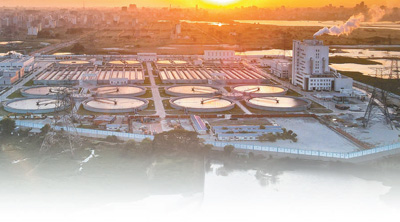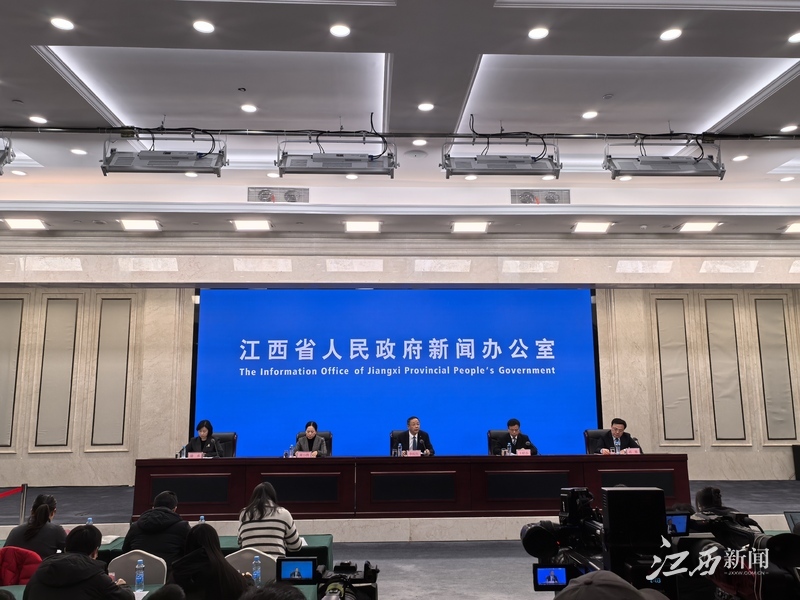The Silk Road: A Link Between Civilizations Spanning Thousands Of Years
The Silk Road: A Link Between Civilizations Spanning Thousands Of Years
The Silk Road, this ancient trade route that runs through the Eurasian continent, is not only a channel for commodity transportation, but also an artery for exchanges between Eastern and Western civilizations. It has witnessed the vicissitudes of history, carries countless touching stories, and left a mark in the history of world civilization.
The Silk Road, this ancient trade route that runs through the Eurasian continent, is not only a channel for commodity transportation, but also an artery for exchanges between Eastern and Western civilizations. It has witnessed the vicissitudes of history, carries countless touching stories, and left a mark in the history of world civilization.
1. The origin and development of the Silk Road
During the Western Han Dynasty, Emperor Wu of the Han Dynasty sent Zhang Qian as an envoy to the Western Regions and officially opened this land channel connecting the east and the west. Zhang Qian was not afraid of hardships and made two missions to the Western Regions. After thirteen years and traveling more than 10,000 miles, he finally opened up the connection between the Central Plains and the countries in the Western Regions. After that, merchants followed the road opened by Zhang Qian and transported Chinese silk, tea, porcelain and other commodities to the West. They also brought Western gems, spices, thoroughbred horses, etc. back to China.
Over time, the Silk Road continued to grow and develop. By the Tang Dynasty, society was stable, the economy was prosperous, and the Silk Road reached its heyday. At that time, Chang'an became the largest international metropolis in the world, and businessmen from all over the world gathered here, making it very lively. In addition to the land Silk Road, the Maritime Silk Road is also gradually emerging. During the Song and Yuan Dynasties, shipbuilding technology and navigation technology continued to improve, maritime trade became increasingly prosperous, and ports such as Quanzhou and Guangzhou became important trade hubs.
2. Cultural blending along the Silk Road
The Silk Road was not only a channel for commodity trade, but also a bridge for the exchange of culture, science and technology, and ideas. Along this road, Buddhism, Islam, Christianity and other religions were introduced to China successively, which had a profound impact on Chinese culture and society. For example, after Buddhism was introduced to China from India, it merged with traditional Chinese culture and formed Buddhist schools with Chinese characteristics, such as Zen Buddhism and Pure Land Buddhism.
At the same time, Chinese culture also spread to the West through the Silk Road. China's four major inventions, including papermaking, printing, gunpowder, and the compass, were introduced to Europe through the Silk Road, playing an important role in promoting the European Renaissance and the development of modern science. In addition, Chinese art, literature, philosophy, etc. have also had a certain impact on Western culture.
3. Legendary stories on the Silk Road
There are many legendary stories spread along the Silk Road, the most famous of which is the story of Xuanzang’s journey to the west to obtain Buddhist scriptures. In order to explore the true meaning of Buddhism, the eminent monk Xuanzang of the Tang Dynasty decided to go to India to obtain Buddhist scriptures. He went through untold hardships along the Silk Road, crossing deserts and snow-capped mountains, and finally arrived in India. While in India, he devoted himself to studying Buddhist scriptures and visited many famous Buddhist monasteries and scholars. After returning to China, he translated a large number of Buddhist classics and made important contributions to the spread of Buddhism in China.
In addition to Xuanzang, there are many famous figures on the Silk Road, such as Ban Chao, Marco Polo, etc. During the Eastern Han Dynasty, Ban Chao was sent as an envoy to the Western Regions. With his wisdom and courage, he re-opened the Silk Road and consolidated the Han Dynasty's rule in the Western Regions. Marco Polo was an Italian traveler who came to China along the Silk Road and lived in the Yuan Dynasty for seventeen years. After returning to China, he wrote "Marco Polo's Travels", which introduced China's customs, economy and culture in detail, which inspired Europeans to yearn for China.
4. The historical significance and practical value of the Silk Road
The opening of the Silk Road promoted the economic and cultural exchanges and development between the East and the West, and strengthened the connections and friendship between countries. It is not only a model of civilizational exchanges in the ancient world, but also a valuable asset in the history of human civilization.
In today's society, the Silk Road still has important practical value. In 2013, China proposed the “Belt and Road” initiative, which aims to inherit and carry forward the Silk Road’s spirit of peace and cooperation, openness and inclusiveness, mutual learning, and mutual benefit, and promote economic cooperation and cultural exchanges among countries along the route. The “Belt and Road” initiative has received widespread response and support from countries along the route, injecting new impetus into the development of the world economy.
5. Cultural Heritage along the Silk Road
Many precious cultural heritages were left on the Silk Road, such as Dunhuang Mogao Grottoes, Big Wild Goose Pagoda, Longmen Grottoes, etc. The Mogao Grottoes in Dunhuang are the largest and richest Buddhist art site in the world and are known as the "art museum in the desert". The Big Wild Goose Pagoda is an important symbol of Chang'an City in the Tang Dynasty that has been preserved to this day. It was built by Xuanzang to store Buddhist scriptures. The Longmen Grottoes are one of the four largest grottoes in China and are world-famous for their exquisite Buddhist sculptures.
These cultural heritages are not only China's precious wealth, but also an important part of the world's cultural heritage. They have witnessed the historical changes of the Silk Road and carry the memory of exchanges between Eastern and Western civilizations. We should strengthen the protection and inheritance of these cultural heritages so that they will always shine with charming brilliance.
6. Future Prospects of the Silk Road
With the advancement of the “Belt and Road” initiative, the Silk Road will usher in new development opportunities. Countries along the route will strengthen infrastructure construction, expand trade, promote cultural exchanges, and achieve common development. At the same time, we should also realize that the development of the Silk Road faces some challenges, such as regional conflicts, terrorism, environmental pollution, etc. We need to strengthen international cooperation to jointly address these challenges and make the Silk Road glow with new vitality in the new era.
The Silk Road is a link of civilization spanning thousands of years, connecting the past, present and future of the East and the West. We should inherit and carry forward the spirit of the Silk Road, strengthen international exchanges and cooperation, jointly build a community with a shared future for mankind, and make the world a better place.





